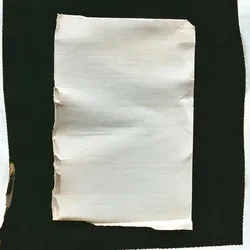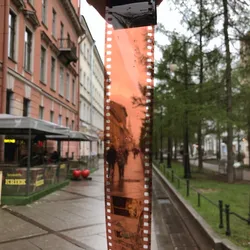
In 1912, Wilfrid Voynich, a Polish book dealer, discovered a strange book in an Italian monastery. The book was written in an unknown language and contained strange drawings of plants, astronomical charts, and human figures. This mysterious manuscript, now known as the Voynich Manuscript, has baffled scholars and codebreakers for over a century.
The manuscript is believed to have been created in the early 15th century, but its origin and purpose remain a mystery. The text is written in an unknown script that has never been deciphered, and the illustrations are of plants and animals that do not correspond to any known species. The pages are made of vellum, a type of parchment, and the book is small enough to be held in one hand.
Over the years, many theories have been proposed about the Voynich Manuscript, including that it is a medical text, a book of magic, or a hoax. Some scholars have suggested that the manuscript is written in a code or cipher, but despite the efforts of many codebreakers, no one has been able to crack it.
In recent years, advances in technology have enabled researchers to analyze the manuscript in new ways. In 2017, a team of researchers used computer algorithms to analyze the text and found that the manuscript’s language has statistical patterns similar to those found in real languages. However, they were unable to identify the language or make sense of the text.
Other researchers have focused on the illustrations, which are highly detailed and seem to depict plants and animals that do not exist. Some have suggested that the illustrations may be based on real plants and animals that were extinct or unknown to Europeans at the time the manuscript was created.
Despite decades of research, the Voynich Manuscript remains one of the greatest unsolved mysteries of our time. It has inspired countless theories and sparked the imagination of people around the world. Some have even claimed to have deciphered the manuscript, but their claims have been met with skepticism from the academic community.
The mystery of the Voynich Manuscript continues to captivate scholars, codebreakers, and amateur sleuths alike. It represents a unique challenge to our understanding of language, history, and cryptography. As technology advances and new techniques are developed, there is hope that one day we may finally unlock the secrets of this enigmatic book. Until then, the Voynich Manuscript remains a tantalizing mystery, waiting to be solved.
Simplified Story:
The Voynich Manuscript is a mysterious book that was found in an Italian monastery by Wilfrid Voynich, a book dealer, in 1912. The book contains drawings of plants, astronomical charts, and human figures, but no one has been able to understand its text. Scholars have suggested that the manuscript is written in a code or cipher, but despite the efforts of many codebreakers, no one has been able to decipher it. Even though some researchers have analyzed the text and illustrations using new technology, the Voynich Manuscript remains an unsolved mystery. It is a fascinating and perplexing puzzle that continues to intrigue people around the world.
Questions:
When was the Voynich Manuscript discovered and who found it?
What are some theories that scholars have proposed about the purpose and content of the manuscript?
Have any codebreakers been successful in deciphering the text of the Voynich Manuscript?
How have advances in technology enabled researchers to study the manuscript in new ways?
Do you believe that the Voynich Manuscript will ever be fully decoded? Why or why not?
Vocabulary:
decipher - to convert a code or cipher into plain text
manuscript - a handwritten or typed document, especially one that is an author’s original work
enigmatic - mysterious and difficult to understand
skeptical - having doubts or reservations about something
perplexing - difficult to understand or solve
tantalizing - tempting or teasing by being unobtainable or just out of reach




